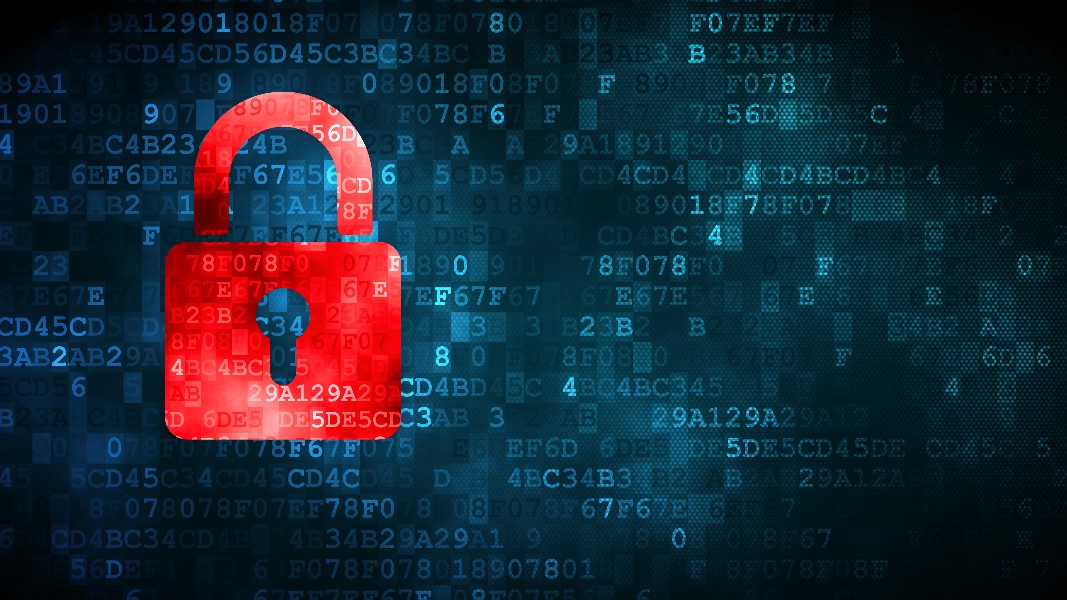The Parents’ Responsibility
In a home where guns are kept, the degree of safety a child has rested squarely on the child’s parents. Parents who accept the responsibility to learn, practice, and teach gun safety rules will ensure their child’s safety much more than those who do not. Parental responsibility does not end, however, when the child leaves the home.
According to federal statistics, there are guns in approximately half of all U.S. households. Even if no one in your family owns a gun, chances are that someone you know does. Your child could come in contact with a gun at a neighbor’s house when playing with friends or under other circumstances outside your home. It is critical for your child to know what to do if he or she encounters a firearm anywhere, and it is the parent’s responsibility to provide that training.
Talking With Your Child About Gun Safety
There is no particular age to talk with your child about gun safety. A good time to introduce the subject is the first time he or she shows an interest in firearms, even toy pistols or rifles. Talking openly and honestly about gun safety with your child is usually more effective than just ordering them to stay out of the gun closet and leaving it at that. Such statements may just stimulate a child’s natural curiosity.
As with any safety lesson, explaining the rules and answering a child’s questions help remove the mystery surrounding guns. Any rules set for your own child should also apply to friends who visit your home. This will help keep your child from being pressured into showing a gun to a friend.
Toy Guns vs. Real Guns
It is also advisable, particularly with very young children, to discuss gun use on television as opposed to gun use in real life. Firearms are often handled carelessly in movies and on TV.
Additionally, children see TV and movie characters shot and “killed” with well-documented frequency. When a young child sees that same actor appear in another movie or TV show, confusion between entertainment and real life may result. It may be a mistake to assume that your child knows the difference between being “killed” on TV and in reality.
If your child has toy guns, you may want to use them to demonstrate safe gun handling and to explain how they differ from genuine firearms. Even though an unsupervised child should not have access to a gun, there should be no chance that he or she could mistake a real gun for a toy.
What Should You Teach Your Child About Gun Safety?
If you have decided that your child is not ready to be trained in a gun’s handling and use, explain that he or she must not touch a gun in your home unless you are present and have given permission. If your child sees a gun outside the home, teach him or her to follow the instructions of The NRA’s Eddie Eagle GunSafe program.
The Eddie Eagle GunSafe Program
Stop! Don’t Touch. Leave the Area. Tell an Adult
The initial steps of “Stop” and “Don’t Touch” are the most important. To counter the natural impulse to touch a gun, it is imperative that you impress these steps of the safety message upon your child.
In today’s society, where adult supervision is not always possible, the direction to “Leave the Area” is also essential. Under some circumstances, “area” may be understood as a room if your child cannot physically leave the apartment or house.
“Tell an Adult” emphasizes that children should seek a trustworthy adult — neighbor, relative, or teacher — if a parent or guardian is unavailable.
Gun Owners’ Responsibilities
Most states impose some form of legal duty on adults to take reasonable steps to deny access by children to dangerous substances or instruments. It is the individual gun owner’s responsibility to understand and follow all laws regarding gun purchase, ownership, storage, transport, etc.
Contact your state police and/or local police for information regarding such laws.
Store guns so that they are inaccessible to children and other unauthorized users. Gun shops sell various safes, cases, and other security devices. While specific security measures may vary, a parent must, in every case, assess the exposure of the firearm and absolutely ensure that it is inaccessible to a child.
Contact Information
Asheville Police Department
Community Unit
828-271-6145
